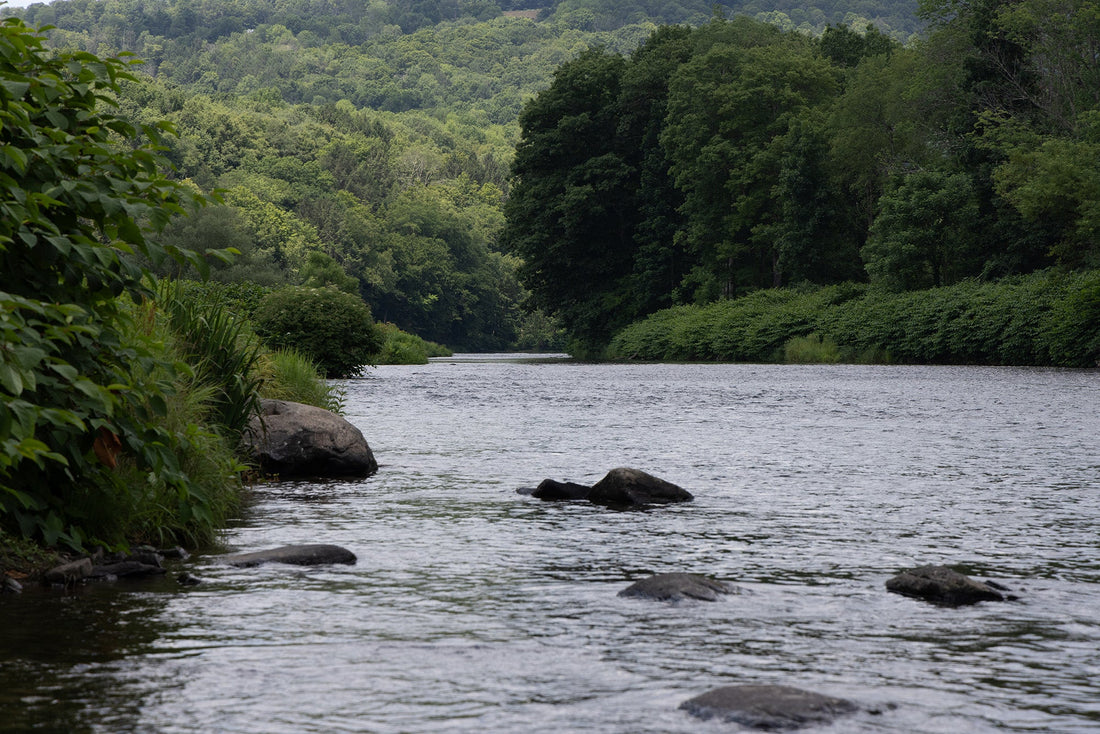
The Catskill Tradition
Share
Where American Fly Tying Took Root: The Catskill Tradition
If you’ve spent any time fly fishing or tying flies, chances are you’ve heard of the Catskills. This region of New York isn’t just famous for trout—it’s where a classic American fly tying style was born and helped shape the fly fishing scene in the U.S.
How It Got Started
In the late 1800s, anglers in the Catskills started experimenting with fly patterns better suited for American trout and streams. One of those anglers, Theodore Gordon, is widely credited as the father of American dry fly fishing. He began modifying traditional English flies to imitate local mayflies more effectively. The result? A new style of fly that emphasized a high-floating, sparse profile—what we now call the Catskill-style dry fly.
The Quill Gordon – A True Classic
No discussion of Catskill flies is complete without the Quill Gordon, one of the first truly American dry flies. Named after Gordon himself, this pattern mimics an early-season mayfly hatch and is still tied and fished today. It features a stripped quill body, upright wings, and a clean silhouette that’s perfect for spring trout.
Key Traits of Catskill Dry Flies
- Upright, split wings made from wood duck flank or hackle tips
- Hackle wrapped around the hook shank for buoyancy
- Tapered bodies made from quill, dubbing, or floss
- Three or more tail fibers, typically stiff and balanced
These flies weren’t about flash—they were about function. Proportions mattered. Every part of the fly had a purpose: to match the hatch and float properly on moving water.
The Legends Behind the Bench
- Theodore Gordon: The originator of the Catskill dry fly. His letters and writings influenced an entire generation of tiers.
- Rube Cross: Built on Gordon’s foundation and helped formalize the Catskill style. His book “Tying American Trout Lures” is still referenced by traditional tiers.
- Walt & Winnie Dette: Perhaps the most famous fly tying couple in America. Their Roscoe-based shop is still in operation today—making it the oldest family-run fly shop in the country.

Dette Fly Shop: A Living Legacy
If you’re ever in Roscoe, NY, a stop at Dette Flies is a must. Opened in 1928 by Walt and Winnie Dette, the shop continues to operate under the Dette family name. They still tie traditional Catskill patterns using original methods and materials, keeping the legacy alive for new generations of fly tiers and anglers.

Where the Catskill Flies Were Born
The fly tying tradition here is deeply connected to the rivers that run through the area. The Catskills are home to some of the most legendary trout streams in the country:
- Beaverkill River: The heart of Catskill fly fishing and one of the most storied trout rivers in America. Famous pools like Cairns Pool and Junction Pool are rich in history.
- Willowemoc Creek: A tributary of the Beaverkill and another essential piece of Catskill fly fishing history. Its slower currents and easy access made it a favorite among early fly anglers.
- Neversink River: Where Gordon did much of his fishing and testing of new patterns. The Neversink is credited as one of the birthplaces of dry fly fishing in the U.S.
Why It Still Matters
Even today, many tiers and anglers remain drawn to the Catskill style—not just for its function, but for its history. Tying these flies is like stepping back into a simpler time, when proportion and naturalism were the gold standard. Whether you're chasing wild trout or just love the tradition, there's something timeless about these patterns.
Whether it’s a Quill Gordon, a Light Cahill, or your own Catskill-inspired creation, tying these patterns is more than just fly tying—it’s connecting to a piece of fly fishing history.





